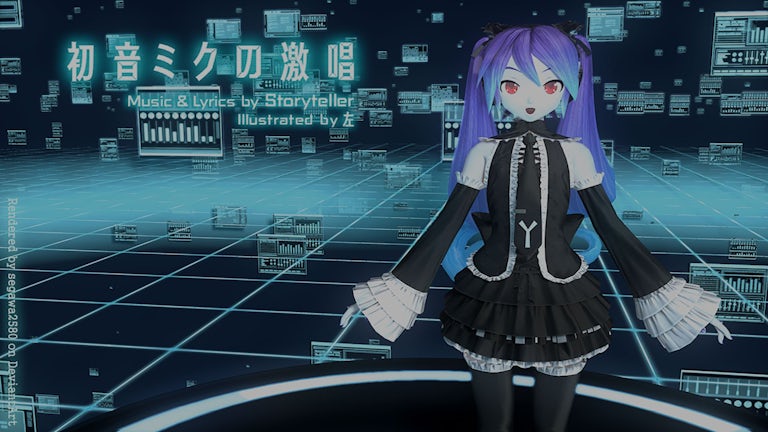Shopping Bag (0)
Your shopping bag is empty


How far can advertisers take crowdsourcing? A recent debate in Campaign neatly outlines the pros and cons of crowdsourcing for creative inspiration. Sometimes it seems like the Internet's hive-mind would rather make memes of the guy who looked a bit like a Guess Who character, than channel their power towards creative and social good. Does our online empathy have an end point? And is it the solitary artist or the power of many that makes better creative work?
It’s tempting to think that crowdsourcing is something that’s relatively new. But crowdsourcing has been around since the 1930s, when Toyota approached the crowd for its first logo and brand name in 1936. Their open call received 27,000 entries. Meanwhile, in 1981, a year after it had launched the first ever Walkman, Sony crowdsourced logo redesigns. They received over 30,000 submissions – but decided that their original logo was best.
The creative crowdsourcing opportunities of the Internet are endless. Stuck for the ending to your novel? Take a leaf out of the Collabowriters and get the Internet to lend a hand. Can’t bear to sit through another series of The X-Factor? Well contribute to Japan’s post-Britney crowdsourced popstar Hatsune Miku. Crowdsourcing can help fund projects, raise awareness for charities and tap into the best, altruistic side of the web.
But can empathetic good vibes and the Internet run even deeper? There are certain projects that aim to make our crowdsourcing instincts something more, from the charitable to the political.
A project that seeks to combine adventure with charity, altruism with human avatar, is the crowdscourced telepresence experience Omnipresenz. They gained some traction during their Indiegogo campaign (although they didn’t reach their target funding). They first described their human avatar project as “a charity system”, where “users will have to possibility to back [an] action immediately, and your avatar will accomplish the mission via live- stream, in an interactive way, and as it happens”.
However, now it’s branded as “an online interactive television channel”, where one can experience the world from behind a screen in real-time. Want to run with the bulls? There’s an avatar for that. Wanna jump to a trek through Australia? You can watch that too, experiencing all the noises and visuals the person with the camera does. It takes ‘walk a mile in their shoes’ to a new level.
This premise might give way to a slightly uneasy feeling when it comes to crowdsourcing. One the one hand, the charitable giving is good natured and helpful, but also pressurised and dependent on the participant on the other end of the computer. The tagline for Omnipresenz runs “Be anywhere, Play anyone”. As interesting and potentially enriching an idea as this is, it’s also kind of creep-inducing and brings a pointedly ethical dimension to crowdsourcing.
Of course, there are negatives to this new open-sourced world. Freelance photographers and writers are suddenly up against cheap stock photograph websites or Amazon’s marketplace for jobs Mechanical Turk. As the way we work, interact and fundraise expands, the emphasis should be on collaboration and sharing, not just cheap labour. For designers, writers, illustrators or editors the skills one has are invaluable – but the price charged now has to be inline with the online. Or perhaps you need to think of offering something more, a personalised touch with an emphasis on collaboration.
Overall, though, crowdsourcing offers people a voice and a chance to learn more through accumulative knowledge. The online community can almost take the place of traditional forms of communication. Want to fundraise? Start a Kickstarter. Want to be a pop star? Submit some licks or lyrics to Hatsune Miku. As James Surowiecki notes in The Wisdom of Crowds, “Diversity and independence are important because the best collective decisions are the product of disagreement and contest, not consensus or compromise”. In disparity we can come to collective understanding. Or just raise enough money to finally see a hoverboard become reality in the 21st Century.
